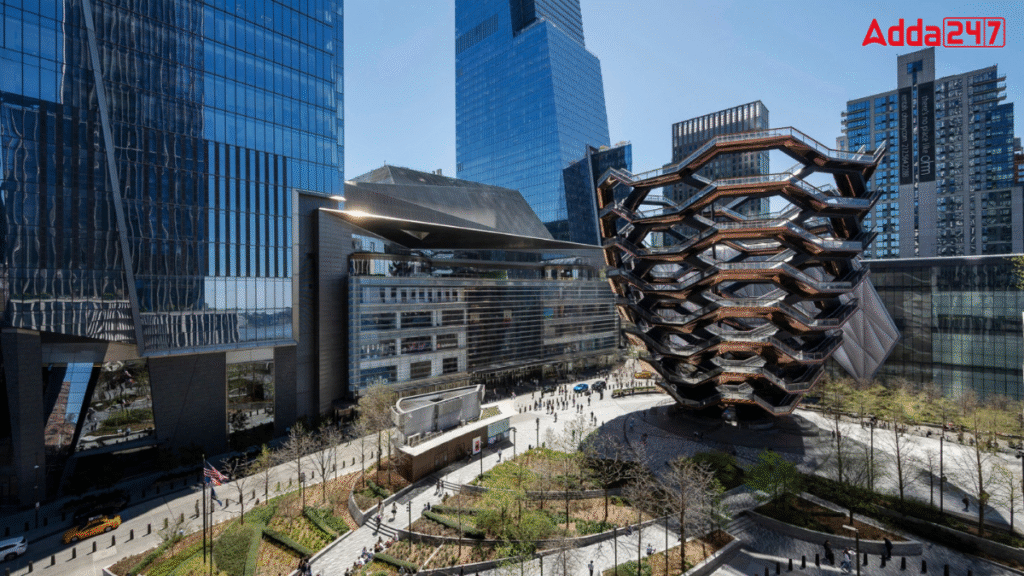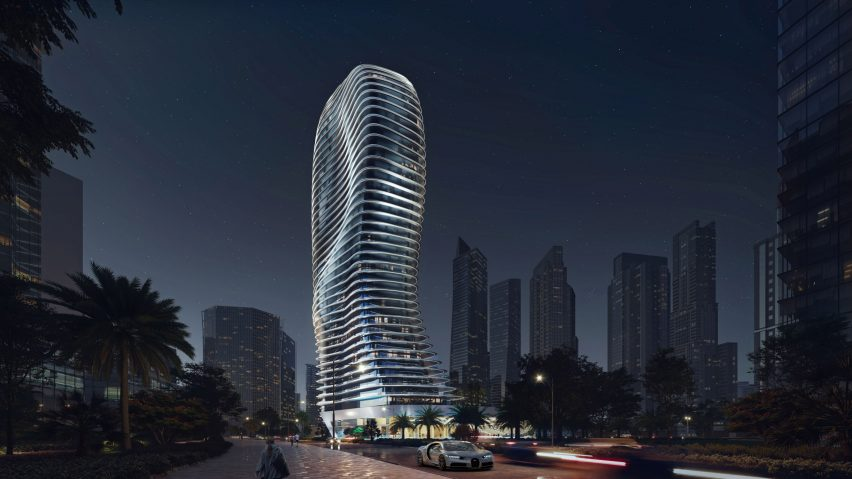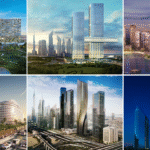Now Reading: Left Auto Industry and Built a Skyscraper in 5 Years 2025
-
01
Left Auto Industry and Built a Skyscraper in 5 Years 2025
Left Auto Industry and Built a Skyscraper in 5 Years 2025

Table of Contents
When Raj Malhotra walked away from his decade-long career Industry in the automobile industry, most of his peers thought he was making a reckless decision. But just five years later, Raj stood before the grand opening of his first skyscraper, a 52-story structure now dominating the skyline of Navi Mumbai.
His story is not just about bricks and buildings. It’s about vision, timing, and taking calculated risks. In a country where changing industries is often discouraged, Raj proved that with determination and a clear plan, even the most ambitious dreams can be turned into concrete reality quite literally.
Starting From the Ground

Raj, now 39, began his career Industry in the auto sector back in 2010, working as a design engineer for a multinational automobile manufacturer. Over the next few years, he climbed the corporate ladder, managing production lines, overseeing product launches, and leading innovation teams.
But something was missing.
“I realized I was building machines, but I wasn’t building anything lasting. Cars have a life of 10–15 years, but buildings shape cities for generations,” Raj recalls.
In 2018, he finally decided to take the plunge. He resigned from his senior position, sold his investments, and entered an entirely different world Industry real estate.
The First Leap: Learning the Trade
Raj didn’t jump into construction Industry blindly. He spent a year shadowing developers, architects, and contractors. He enrolled in a real estate management course at a top institute in Mumbai. He worked without pay at a mid-sized construction firm just to learn the ropes from the ground up.
“Real estate is not about building with bricks, it’s about building with trust, numbers, and patience,” he says. “I had the technical skills from engineering, but I had to learn the business side — financing, land laws, and urban planning.”
By 2019, Raj had launched his own real estate development company, SkyRoot InfraTech, with a small team and a single vision: to create modern vertical housing in rapidly growing urban areas.
The Turning Point: A Risk That Paid Off
In 2020, when the COVID-19 pandemic hit, the real estate market Industry slumped. But Raj saw opportunity where others saw crisis.
“Land prices were dropping, contractors were available, and people wanted more spacious homes. I knew this was the moment,” he says.
Raj acquired a 2.5-acre plot in Navi Mumbai at a discounted rate. His plan? To build a mixed-use skyscraper with residential and commercial spaces, designed to meet post-pandemic lifestyle needs: home offices, open-air lounges, energy-efficient systems, and contactless infrastructure.
Financing the project wasn’t easy. Banks were hesitant to lend to a first-time developer. But Raj tapped into his automobile network, convincing former colleagues and angel investors to back his vision.
By mid-2021, construction began on what would later be named Altura One a 52-story tower equipped with smart home technology, solar rooftops, vertical gardens, and even a co-working space on the 10th floor.
The Completion of a Dream
Industry Fast forward to July 2024 Altura One opened its doors to the public. With over 400 residential units and 120,000 sq. ft. of commercial space, the tower is already 90% booked.
What makes the project stand out is not just its height, but its sustainability. Altura One uses rainwater harvesting, has a LEED Gold certification, and incorporates noise-reducing panels for a peaceful urban living experience.
For Raj, the inauguration ceremony was emotional.
“I was standing inside something that only existed Industry in my imagination five years ago. I had no background in real estate, but I believed in long-term value creation,” he says.
Challenges Along the Way
The journey was far from smooth. Raj faced delays due to cement shortages, labor strikes, and even a land ownership dispute that took six months to resolve.
“But those hurdles were the real teachers,” he admits. “Every mistake became a lesson, every delay a test of character. There were days I felt like giving up.”
Yet, with each challenge, his auto industry discipline — planning, process management, and resilience — helped him navigate unfamiliar territory.
What’s Next for Raj?
SkyRoot InfraTech is now planning two more high-rise projects in Pune and Hyderabad. Raj is also exploring green technology in construction, including prefabricated structures and AI-driven energy management systems.
“I’m not chasing scale, I’m chasing innovation. The goal is to build better, not just bigger,” he says.
He’s also mentoring young professionals looking to make career shifts, encouraging them to think beyond job titles and industries.
Industry Impact and Public Recognition

Raj’s transition has caught the attention of real estate veterans, urban planners, and media alike. He has been invited to speak at architecture conferences and recently featured in an urban development podcast that highlighted rising entrepreneurs in Indian infrastructure.
“The fact that someone can switch from automobiles to real estate and deliver a landmark project within five years is inspiring,” says Meera Shastri, a senior urban planner with the Mumbai Metropolitan Region Development Authority (MMRDA). “It shows the possibilities when experience, education, and entrepreneurship combine.”
Final Thoughts
In a world where career paths are becoming more flexible, Raj Malhotra’s story reminds us that industries are not cages they are just starting points. His ability to pivot, learn, and lead in a completely new sector proves that skyscrapers aren’t built with concrete alone; they’re built with courage, clarity, and relentless belief.
Whether you’re building a car or a tower, Raj says, “what matters is whether you believe in what you’re creating and if you’re willing to go all in.
Read More:- Shobha Realty Launches Its Most Luxurious Project Yet—Full Details Inside 2025






















